Kritchlow
Final Approach
- Joined
- Dec 2, 2014
- Messages
- 7,714
- Display Name
Display name:
Kritchlow
North Fox was purchased by real estate magnate David V. Johnson in 1994 for $1.3 million, and the entire island was sold back to the state of Michigan for $2.2 million at the end of the year 2000.
Johnson built a paved runway and a residence on South Fox. He had originally proposed swapping North Fox Island with the state for the third of South Fox that he did not own, but he settled in 2003 for a consolidation deal which traded 218 acres (88 ha) of state owned land on the southern part of South Fox for 219 acres (89 ha) on the north and central parts of the same island. This deal was finalized in March 2003.
Wasn't aware he once owned it..
I have been in the paved South Fox several times. I've actually slept in his guest house. I'm glad I'm done with that job is all I will say...

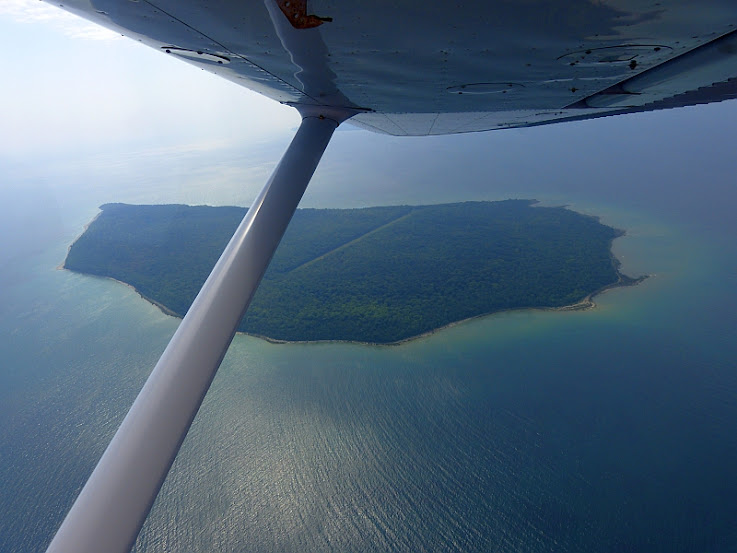
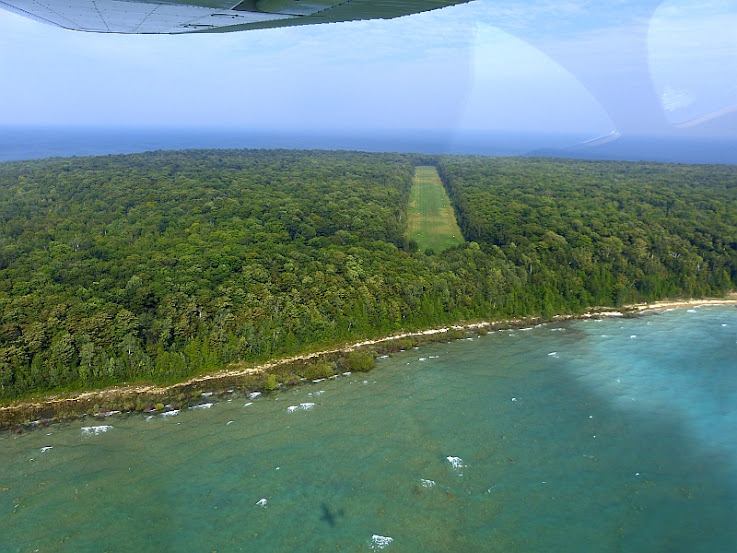
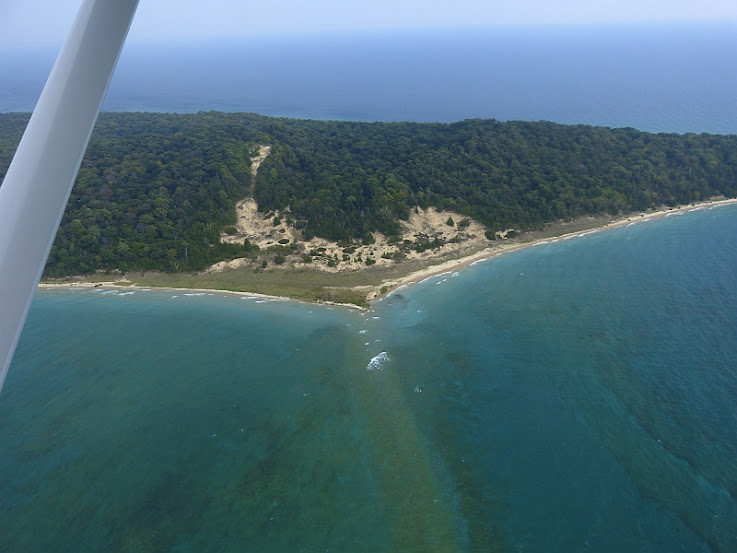
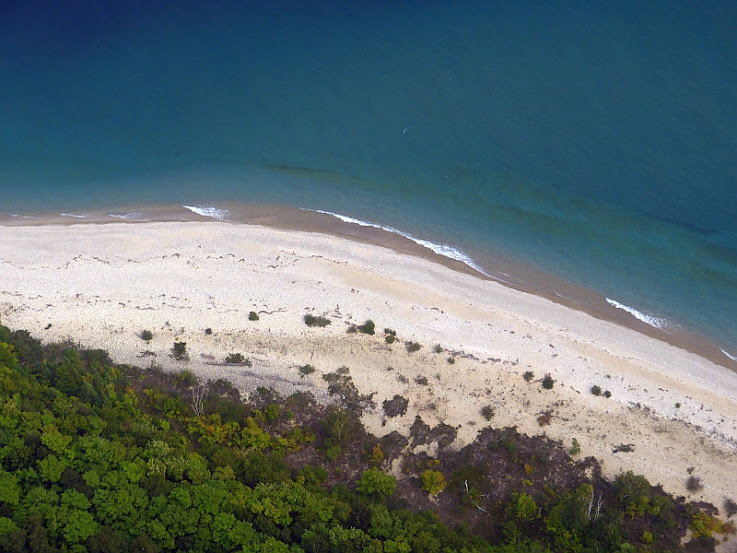
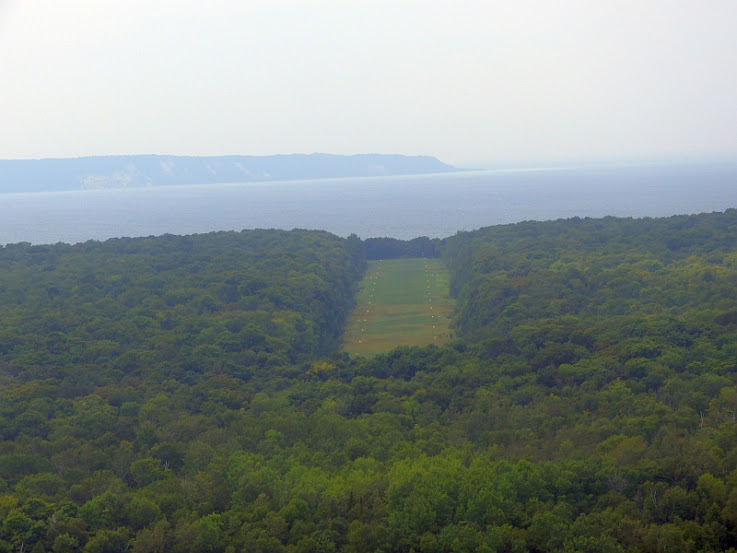
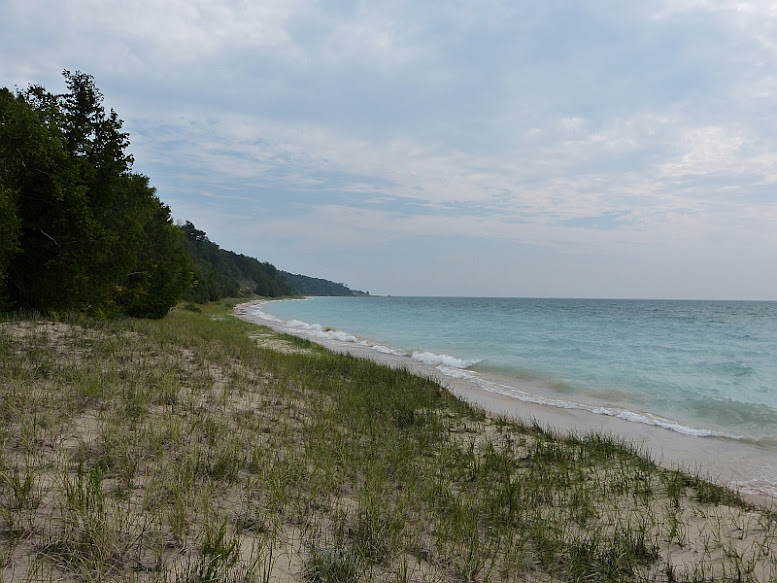
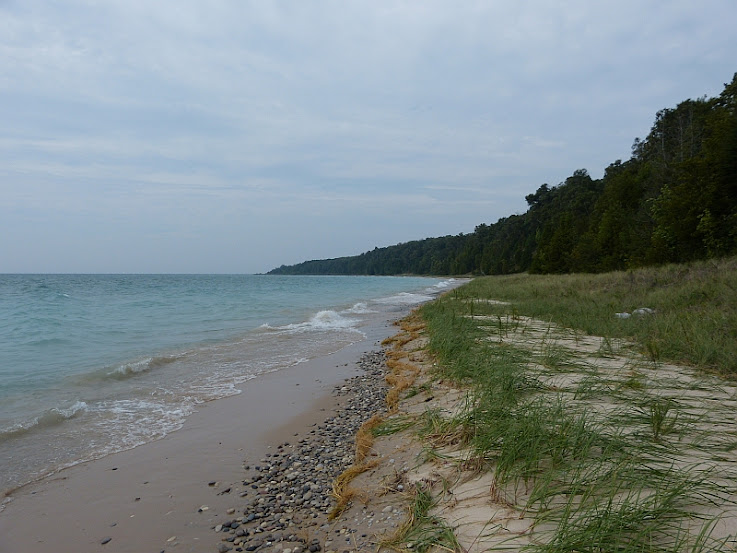
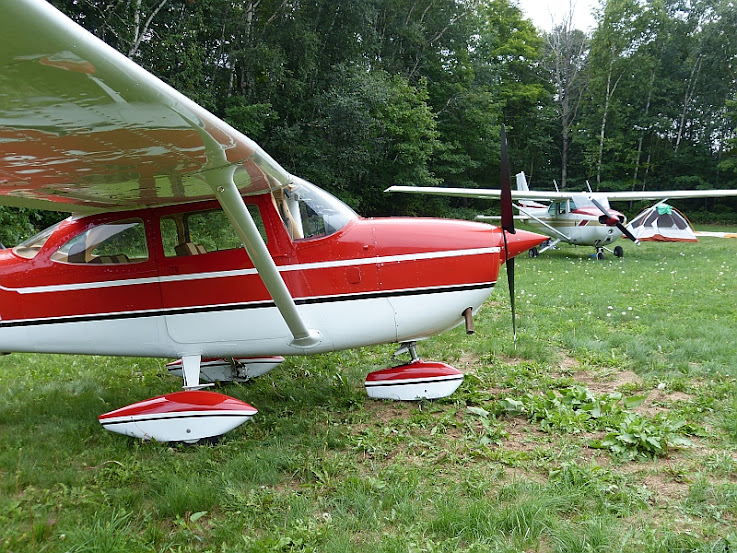
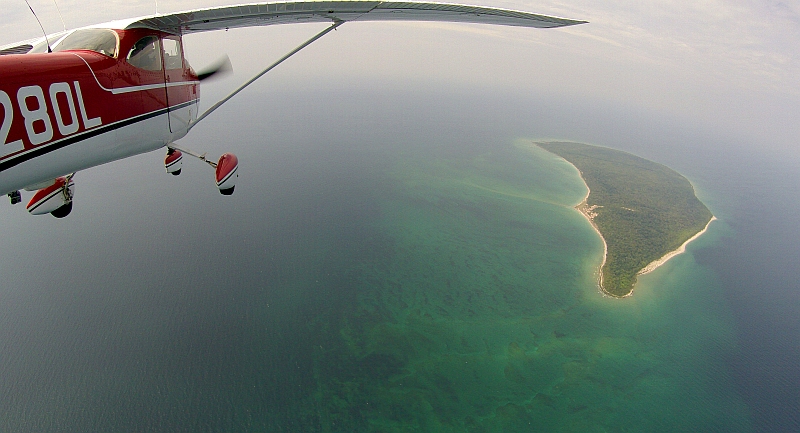
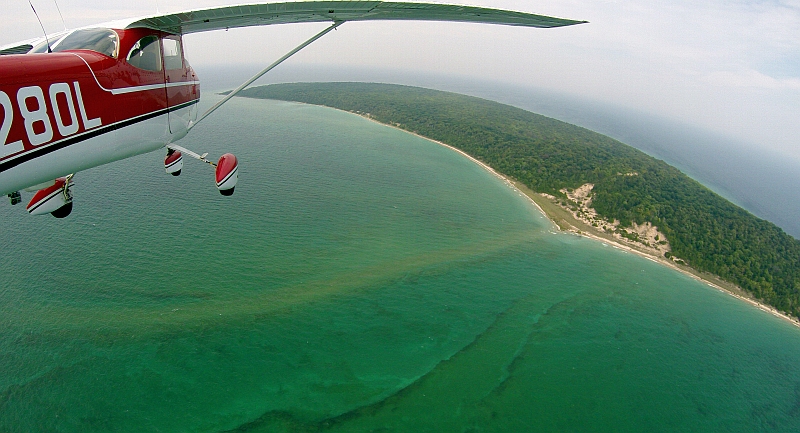
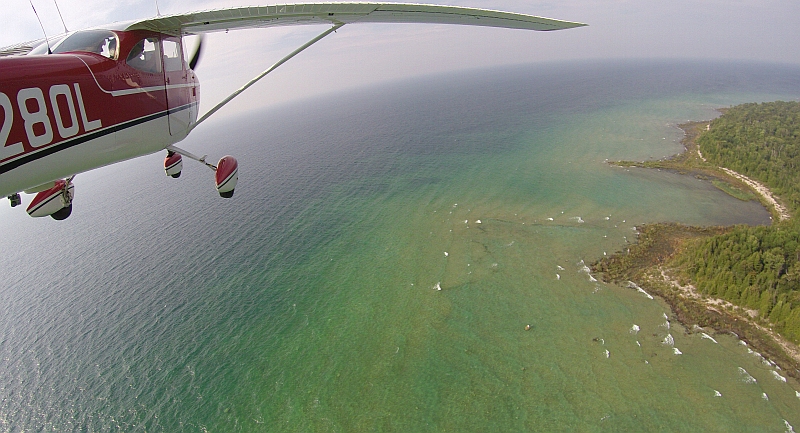
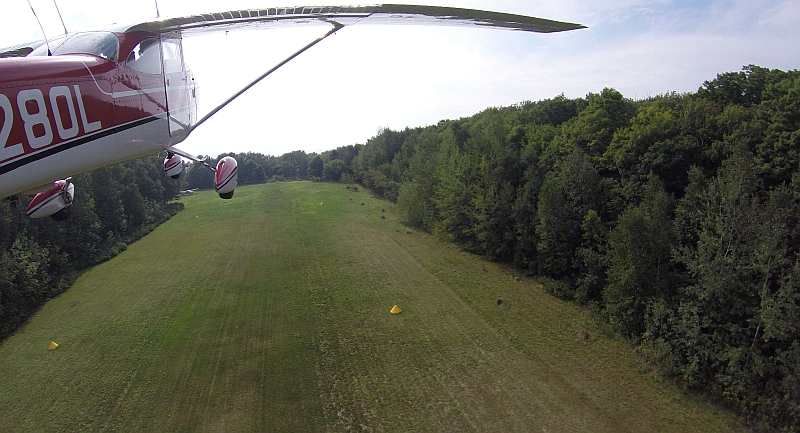
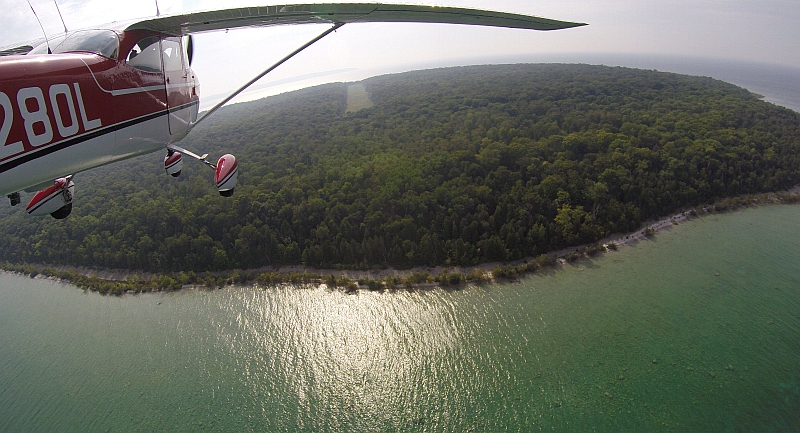
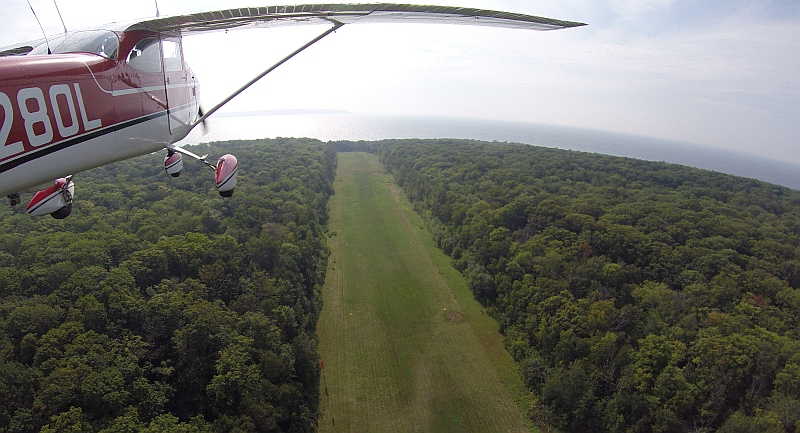
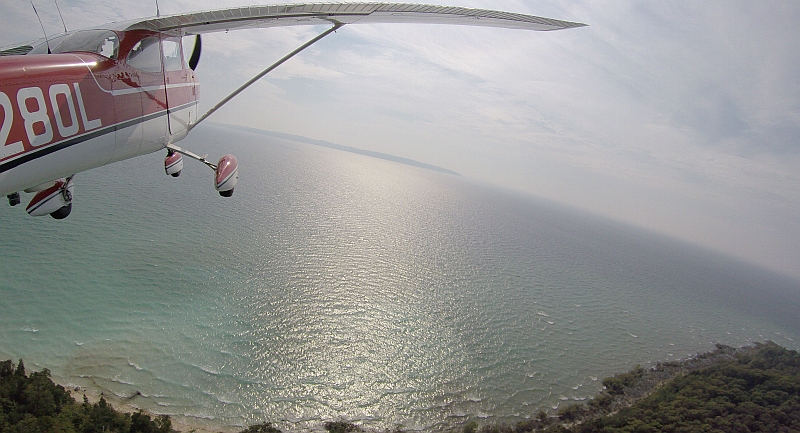
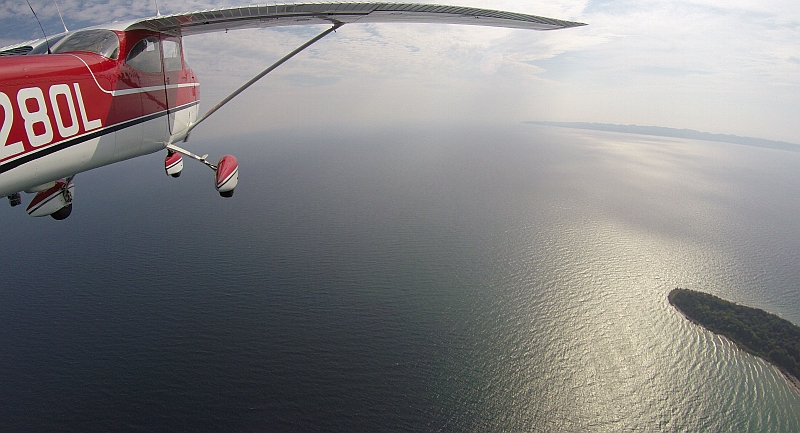

 Makes me homesick. (Also makes me wish I had a plane that's more short field capable. Those trees on either end would make getting out of there iffy in my Cardinal)
Makes me homesick. (Also makes me wish I had a plane that's more short field capable. Those trees on either end would make getting out of there iffy in my Cardinal)
 Not being able to get out of the 6Y3 was our main concern. We didn't have full tanks and nothing on board what we didn't really need for the trip. Our race horse made it in and out ok...
Not being able to get out of the 6Y3 was our main concern. We didn't have full tanks and nothing on board what we didn't really need for the trip. Our race horse made it in and out ok... 
